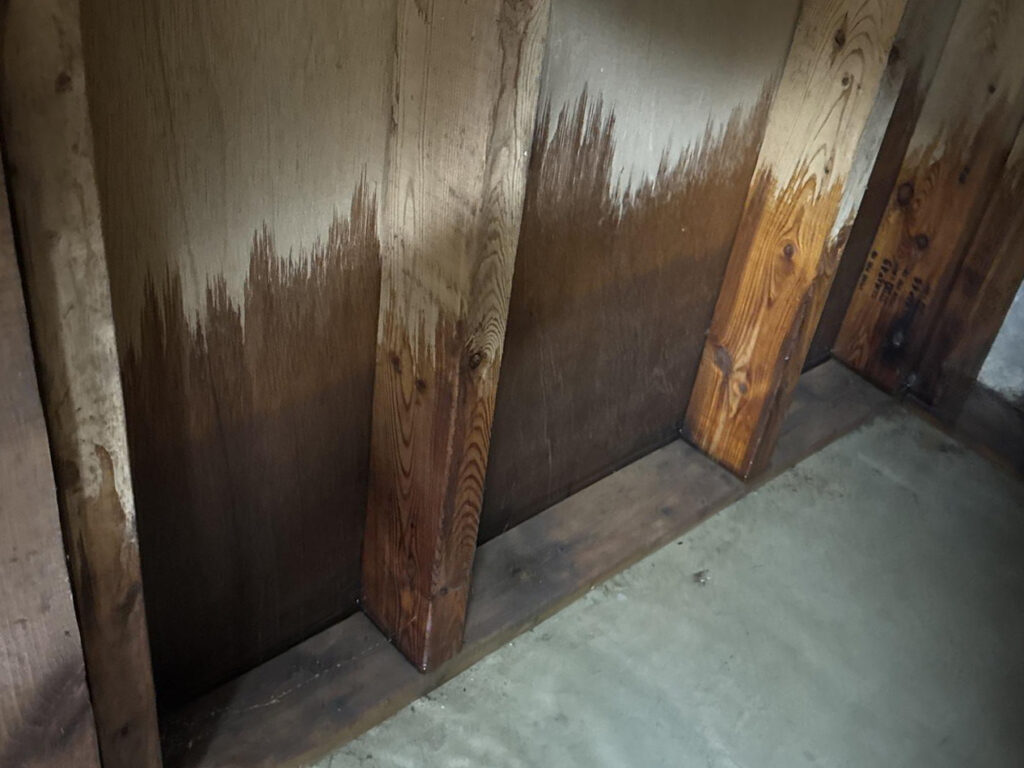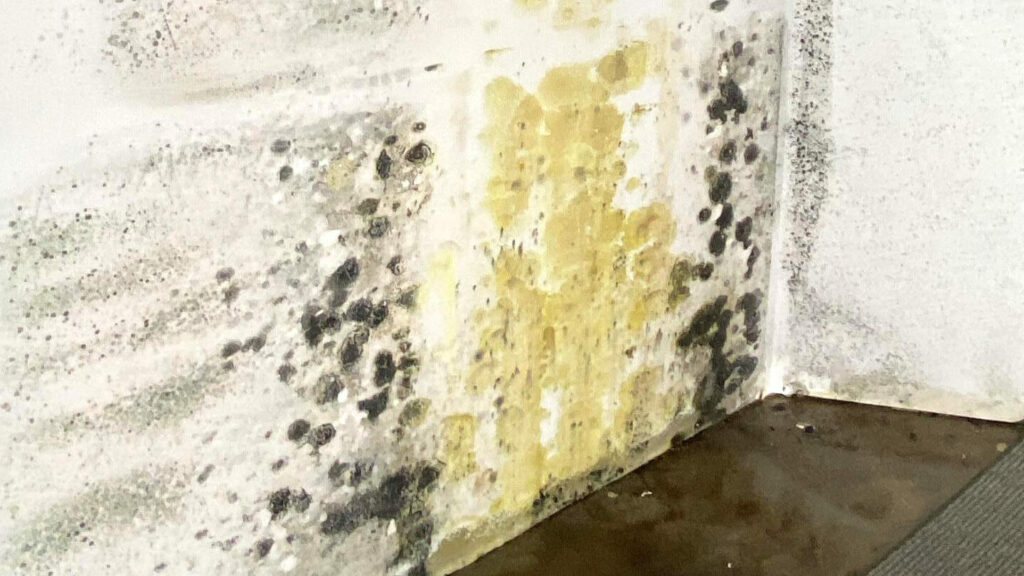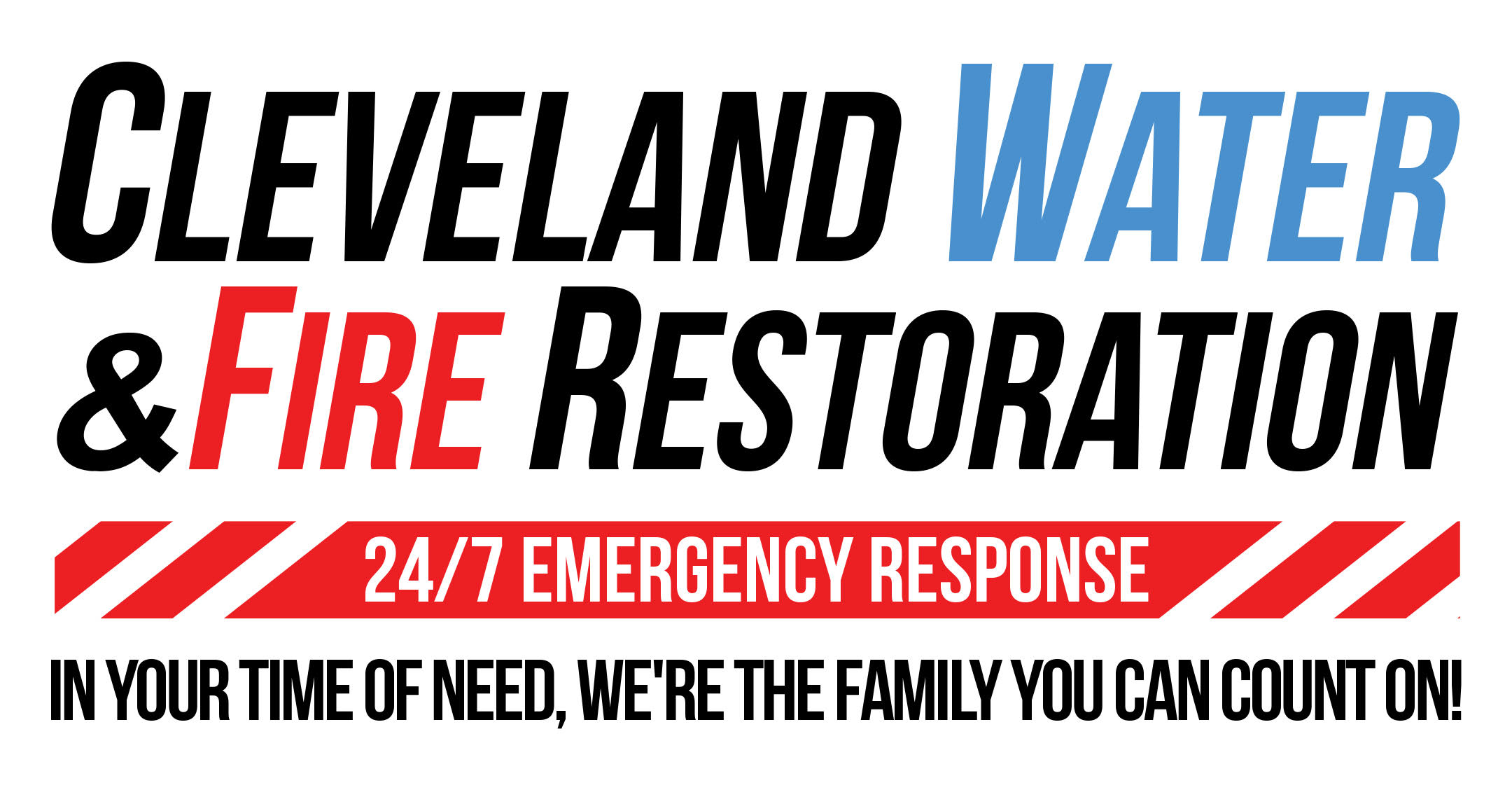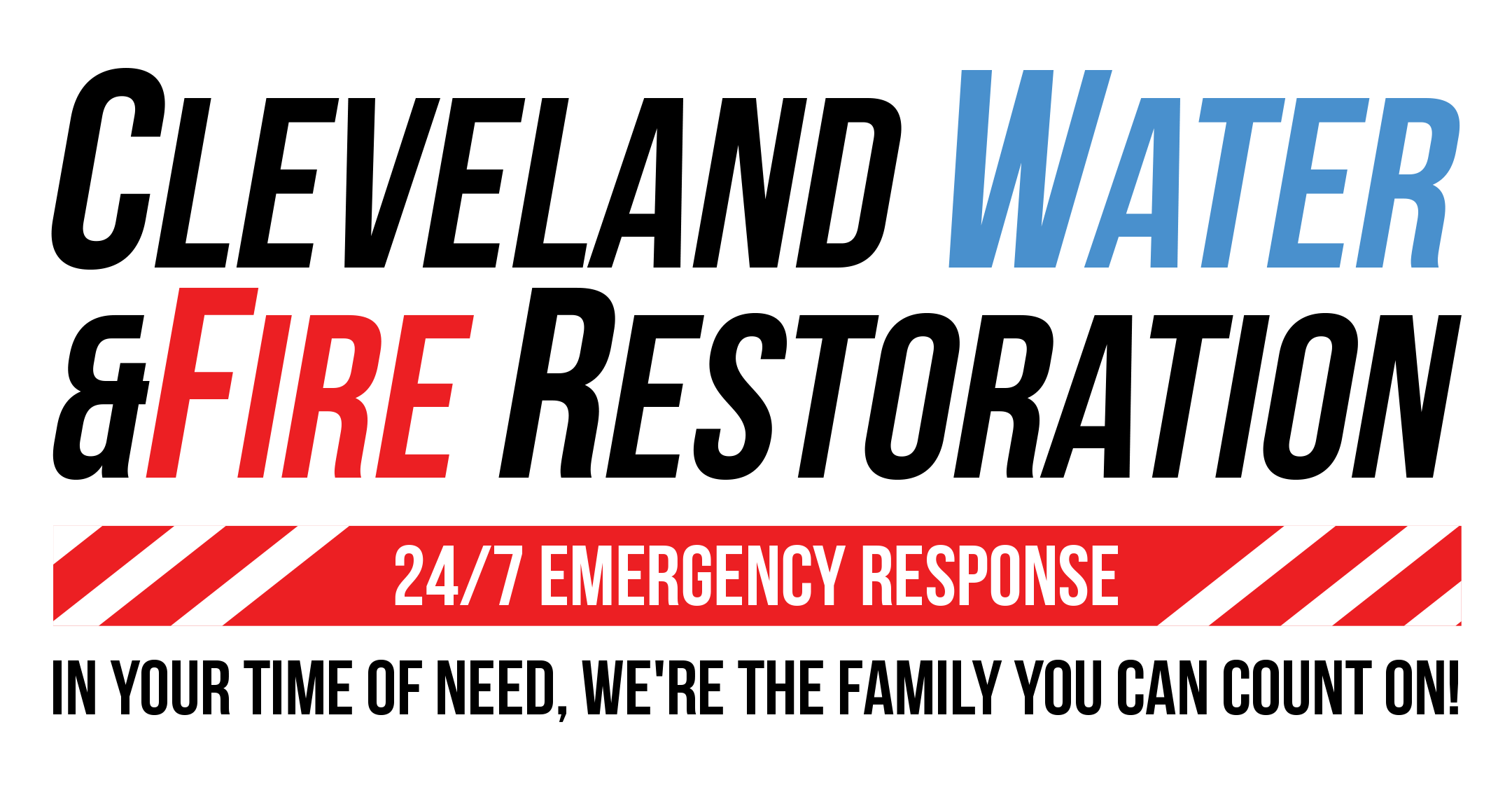Quick answer: under the right conditions, mold can begin developing within 24–48 hours after water intrusion. That’s why fast mitigation matters.
If you’re in Greater Cleveland and need immediate help, see 24/7 Water Damage Restoration or Contact Us Now.
Understanding Mold Growth
Mold is a fungus that thrives in damp, indoor environments. It spreads by releasing microscopic spores that settle on surfaces. Given moisture, warmth, and an organic food source (like drywall, wood, or dust), those spores can become active and colonize quickly.
If you suspect hidden moisture or early mold activity, Mold Inspection & Removal explains how professional testing and remediation work.

Conditions That Favor Mold
Mold growth typically requires three things:
- Humidity: Spores become active as relative humidity rises above ~60%.
- Moisture: Leaks, floods, or spills provide the water needed for spores to germinate.
- Temperature: Most indoor molds thrive between 60°F and 80°F (15°C–27°C)—the same range found in many homes.
For a deeper dive on urgency and moisture control, see What Happens When You Don’t Act Fast With Water Damage.
Timeframe: How Quickly Mold Starts
Under optimal conditions (elevated humidity, available moisture, and moderate temperature), mold can begin developing within 24–48 hours after water damage. That narrow window underscores the value of immediate drying and dehumidification. The team at Cleveland Water & Fire elaborates on this urgency in Emergency Water Damage Cleanup & Restoration.
mold can begin developing within 24–48 hours
Early Intervention: What to Do First
Swift, decisive steps can make the difference between a quick dry-out and a costly mold remediation:
- Extract Standing Water: The longer water sits, the more spores can activate. Start removal immediately. → Water Damage Restoration (24/7)
- Dehumidify Aggressively: Run dehumidifiers to keep RH below ~60% and halt mold-friendly conditions.
- Increase Airflow: Use fans/air movers to speed evaporation and drying.
- Inspect Thoroughly: Moisture often wicks into drywall, insulation, and subfloors. Professional meters and infrared cameras help find hidden dampness. → Mold Inspection & Same‑Day Results
- Document & Communicate: Photos, notes, and early contact with your restoration pro streamline the process. → What to Expect with Water Damage
Health Risks to Consider
Mold exposure can aggravate respiratory issues and allergies, leading to symptoms like nasal congestion, throat irritation, coughing, skin rashes, and—especially for sensitive individuals—asthma flare-ups. If anyone in the home is immunocompromised or symptomatic, prioritize professional assessment:

Long-Term Structural Impact
Unchecked mold degrades porous building materials (drywall, wood, insulation) and can stain or compromise finishes—often resulting in larger, more expensive repairs. For real‑world examples of restoration outcomes, explore Cleveland Water & Fire’s Recent Projects.
Prevention Tips
Proactive maintenance minimizes risk after a leak or storm:
- Regular Inspections: Check plumbing, roofing, and foundation for intrusion points. → All Restoration Services
- Ventilate Damp Areas: Bathrooms, kitchens, basements, and laundry rooms benefit from exhaust fans and consistent airflow.
- Fix Leaks Fast: Even small drips can feed mold behind walls.
- Use Mold‑Resistant Materials: Consider mold‑resistant drywall/paint in chronically humid zones.
- Know Common Myths: DIY bleach often doesn’t solve mold at the root. → Mold Remediation: 6 Common Misconceptions
When to Call a Professional
If water has been present for more than a few hours, moisture has reached porous materials, or you notice a musty odor, it’s time to bring in certified help. Cleveland Water & Fire offers:
Start here:
Want to vet the team first? Browse Service & Testimonial Videos and learn About Our Company.
Key Takeaways
- Speed matters: Mold can start within 24–48 hours after water damage.
- Control humidity & moisture: Keep RH under ~60% and dry materials quickly.
- Act immediately: Extract water, dehumidify, increase airflow, and schedule a professional inspection.
- Protect health & structure: Early mitigation avoids bigger repairs and health risks.
Need immediate assistance in Greater Cleveland?
➡️ Contact Cleveland Water & Fire Restoration (24/7) | Explore Emergency Services
Related Resources (from Cleveland Water & Fire)
- Mold Removal After Water Damage: 4 Reasons to Act Quickly
- Expert Info on Water Leaks in the Ceiling
- Storm Damage Cleanup & Restoration
This article is provided for general guidance and does not replace professional inspection or remediation. For personalized help, reach out to Cleveland Water & Fire Restoration any time.

